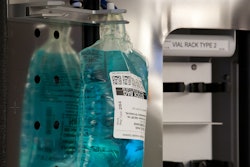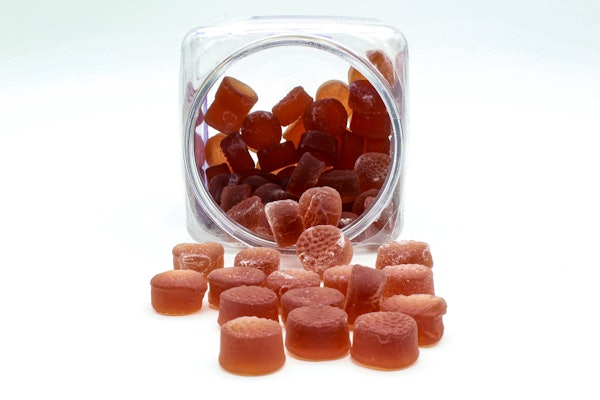
At recent packaging conferences in Nice and Frankfurt, Stephen Wilkins, CEO of the UK-based Child Safe Packaging Group warned that by mid 2015 more products would need to be packed in child-resistant containers and many existing child-resistant packs would need to be partially re-tested to comply with the latest standards.
By June 2015, the new Classification and Labelling of Chemical Substances Regulations: CLP (GHS) 1272/2008/EC, known as CLP, will become fully effective. These pan-European regulations will supersede the UK only: Chemicals (Hazard Information and Packaging for Supply) Regulations 2009, commonly known as CHIP 4.
The new regulations will increase the range of consumer products that will need to be packed in child-resistant containers and will bring the child-resistant packaging standards up to date. CLP became mandatory for substances, mainly discrete chemicals, in 2010, and will include mixtures; and every consumer product can be considered a mixture, in 2015.
The range of products that will require child-resistant packaging from 2015 will include those that present an aspiration hazard when their fumes are inhaled, together with those that cause skin or eye damage if splashed, and/or are toxic if swallowed. The details may be found in the regulations at L353/144 part 3. While CHIP 4 allowed packs that had been tested for compliance with, now obsolete, standards BS6652: 1986 and EN 28317: 1993; CLP specifies compliance with the latest standards BS EN ISO 8317: 2004 or BS EN 862:2005.
The regulatory impact need not be onerous. All the standards are type tests and all consist of two tests: a child test and an adult test. Any pack that complied with an earlier standard and has remained unchanged in shape, material, componentry or range characteristics, need only repeat the adult test. Only in the event of change must both tests be repeated.
The extension of scope, including for the first time products that present an aspiration hazard, will mean that brand owners and packer/fillers will need to consider their product ranges carefully to ensure they comply with CLP.
Wilkins says, “The time has come for some ‘blue-sky’ thinking. There is no list of regulated products to guide brand owners as the CLP regulations are risk-based.”
There was recent speculation in some national newspapers that soluble dishwasher tabs should be packed in child-resistant containers. Wilkins says, “The Child-Safe Packaging Group represents the major part of the UK child-resistant packaging industry, and whatever products, either the market or the regulators, demand be packed in child-resistant containers; I’m confident we can produce child-resistant packaging that will do the job.”
The Child-Safe Packaging Group consists of manufacturers and distributors of child-resistant packaging systems; Aptar, AT Bottles, Beatson Clark, Catalent, Global Closure Systems, Gwalia, Krystals, and RPC Halstead.
For more information, call 011/01978 780 978, or e-mail [email protected]



















